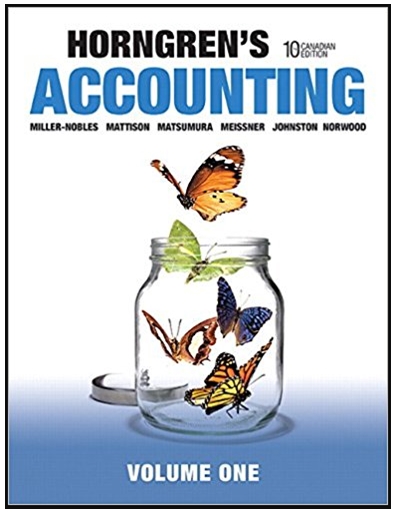Janice Sampson is a financial analyst who has worked for a large Canadian brokerage firm for the
Question:
She also analyzes economic information about the industry and the general economy. Based on her expectations about the company's future financial performance, Janice then advises the firm's clients whether or not to invest in a certain company.
Although not an accountant, Janice is very familiar with the financial reports issued by manufacturing companies in the fashion industry. A key focus is analyzing the current assets of a company. She is particularly interested in the accounts receivable turnover and the inventory turnover; she has found that these two ratios typically provide good information about anticipated trends and might signal upcoming cash flow concerns.
Starting in 2011, the companies Janice analyzed had to report their results under IFRS. Although she was aware that reporting current assets under IFRS was not much different from reporting under ASPE, Janice was interested in knowing about any differences that might exist, and how the change to IFRS might impact her analysis of accounts receivable turnover and inventory turnover.
Required
Prepare a brief report outlining the differences in reporting accounts receivable and inventory under IFRS and ASPE. Will the change to IFRS have any impact on the calculation of accounts receivable turnover and inventory turnover?
Financial Statements
Financial statements are the standardized formats to present the financial information related to a business or an organization for its users. Financial statements contain the historical information as well as current period’s financial... Accounts Receivable
Accounts receivables are debts owed to your company, usually from sales on credit. Accounts receivable is business asset, the sum of the money owed to you by customers who haven’t paid.The standard procedure in business-to-business sales is that...
Fantastic news! We've Found the answer you've been seeking!
Step by Step Answer:
Related Book For 

Horngrens Accounting
ISBN: 978-0133855371
10th Canadian edition Volume 1
Authors: Tracie L. Miller Nobles, Brenda L. Mattison, Ella Mae Matsumura, Carol A. Meissner, Jo Ann L. Johnston, Peter R. Norwood
Question Posted:





